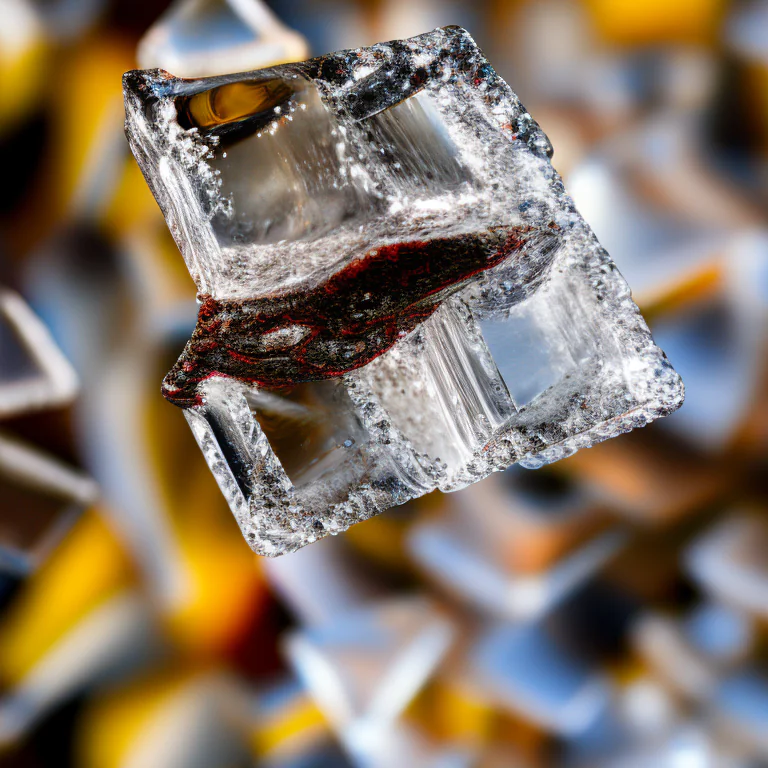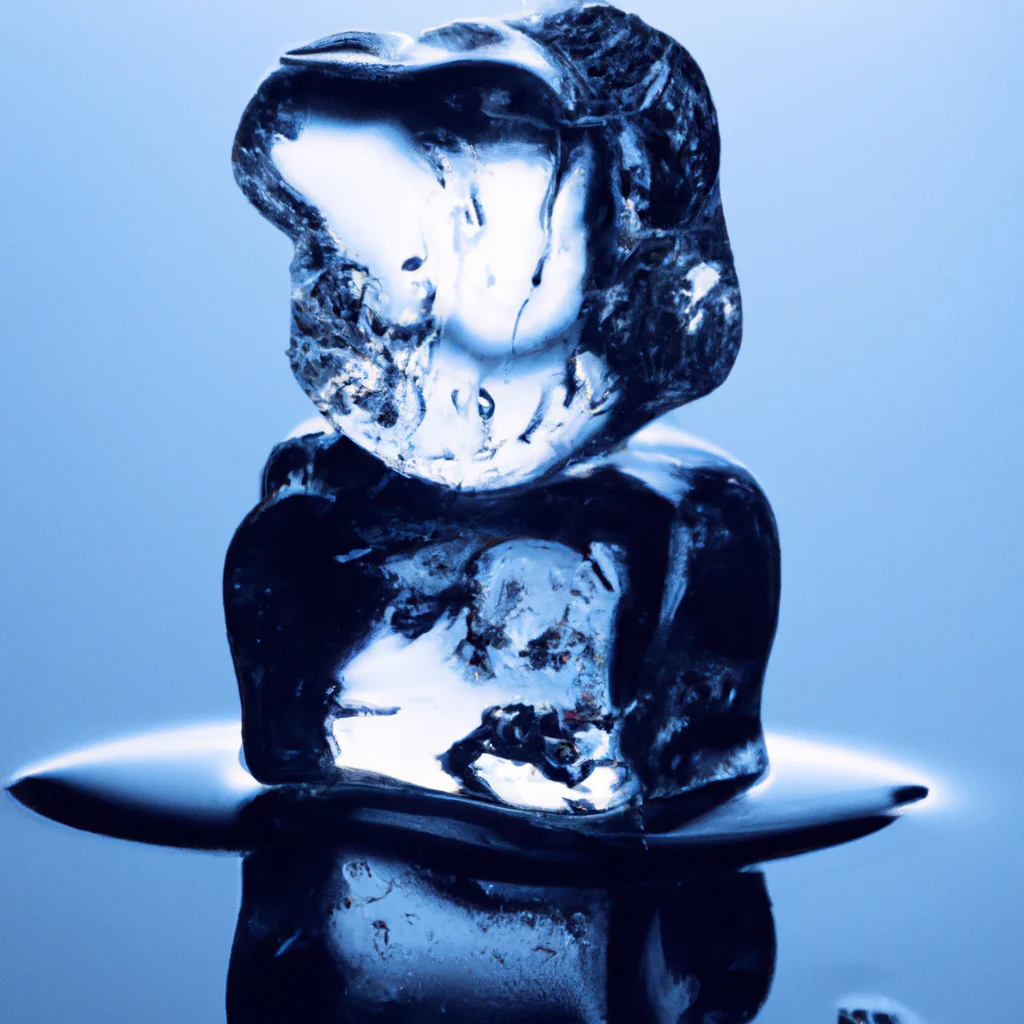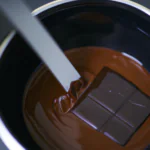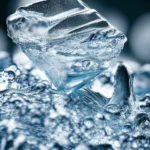We all know that water freezes at 32 degrees Fahrenheit and that this temperature is the point at which ice starts to melt. But does ice melt below 32 degrees? And what temperature will it take for ice to melt?
In this article, we’ll explore the science behind melting ice. We’ll look at what temperature it takes for ice to melt, and how to melt ice in extreme cold. So whether you’re wondering if the temperature outside is warm enough to melt ice, or if you’re looking for tips on melting snow quickly, read on to find out everything you need to know about melting ice.
Table of Contents
Can ice melt below 32 degrees?
Yes! Even when the air temperature doesn’t reach 32°, the sun can still warm the ground, snow, dirt, homes, etc., to 32°. When that happens the snow or ice will still melt even if the air temperature doesn’t reach freezing.
The sun is really powerful and can cause things to melt that you wouldn’t expect. For example, did you know that the snow on top of Mt. Kilimanjaro is melting? The snow is melting because the air temperature is above freezing, but the sun is so strong that it’s melting the snow.
The sun can also melt ice that is below freezing. This can happen when the air temperature is below freezing, but the sun is shining on the ice. The sun’s rays can penetrate the ice and cause it to melt.
If you’re wondering whether or not ice can melt below 32 degrees, the answer is yes!
50 Degrees – Will It Melt Ice?
Top Surface Melting is most strongly driven by warm wind. A 24-hour, 50-degree thaw with winds in the 20-30 mph range can melt a couple of inches or more of ice.
This is why you’ll often see a layer of fresh water on top of ice that’s beginning to thaw. The water comes from the melting of the top layer of ice.
If you have a really deep layer of ice, it can take a more extended period for the warm weather to penetrate to the bottom and begin melting the ice from the bottom up.
It’s also essential to consider albedo. This is the reflectivity of a surface, and freshly fallen snow has a high albedo, meaning that it reflects a lot of sunlight.
While warmer temperatures will cause the top layer of snow and ice to melt, if there’s enough snow cover, the albedo can help keep the ice from melting too quickly.
The Record Low: What is the Lowest Temperature Ice Can Melt At?
Most people know that water freezes at 32°F (0°C), but did you know that ice can melt at temperatures lower than that? In fact, pure water ice begins to melt at 28.4°F (-2°C)!
At temperatures above 32°F (0°C), pure water ice melts and changes state from a solid to a liquid (water); 32°F (0°C) is the melting point.
However, if the ice is impure (contains dissolved minerals, air bubbles, etc.), it will have a lower melting point. This is because impurities act as “nucleation sites” where the water molecules can begin to break apart and change state more easily.
The process of melting ice is an exothermic reaction, meaning it gives off heat. This is why you often see puddles of water around melting ice cubes; as the ice melts, it releases heat into the surrounding air.
The next time you see a puddle of water on a cold day, remember that it may be due to ice melting at a temperature lower than you thought!

Melting On the Driveway: What Temperature Will Ice Melt On?
The temperature that ice melts back into water is 32-degrees Fahrenheit (0-degrees Celsius).
At 32-degrees Fahrenheit, the ice will start to melt and turn into water. The process of melting is slow at first, but as the temperature rises, the ice will melt faster.
As the ice melts, it will form puddles on the driveway. These puddles can be dangerous, so it’s important to be careful when walking on them. If the temperature drops below freezing, the water in the puddles will turn back into ice.
If you’re wondering what temperature ice will melt on your driveway, the answer is 32-degrees Fahrenheit.
Defying the Cold: How Do You Melt Ice in Extreme Weather?
In extreme cold experts recommend using either Calcium Chloride or Magnesium Chloride. Calcium chloride will melt ice down to -25 degrees F and is the most gentle on walkways and surfaces. Magnesium Chloride works well down to -10 degrees F and works the fastest.
Both chemicals are available in pellet, flake, and liquid form. The pellets and flakes are easier to handle and less messy than the liquids. Generally, you’ll need about 50% more product when using the pellets or flakes.
When using either of these products, be sure to follow the manufacturer’s directions on the package. You’ll want to apply the product early enough so that it has time to work before people or vehicles need to use the area.
If you have a small area to treat, you can use salt. Ordinary table salt will work down to about 20 degrees F. For below-freezing temperatures, you’ll need one of the above-mentioned de-icing products.
Most de-icing products are harmful to concrete and plants. You’ll want to avoid treating these areas if possible. If you must treat them, be sure to wash away any residue with plenty of water as soon as the ice has melted.
35 Degrees – Is it Enough to Melt Snow?
The answer to this question depends on a few things. For one, the type of snow. Wet, heavy snow will obviously take longer to melt than dry, powdery snow. Secondly, the surface temperature matters. If the ground is already warm, the snow will melt faster. But if the ground is frozen, the snow will melt more slowly. Lastly, wind can play a role in how quickly snow melts. If there’s a strong wind blowing, it will help to speed up the melting process.
Back to the question at hand., is 35 degrees enough to melt snow? In most cases, yes. But it really depends on the conditions as mentioned above. If all factors are working against melting (wet, heavy snow on a frozen ground with little wind), then 35 degrees may not be enough.




